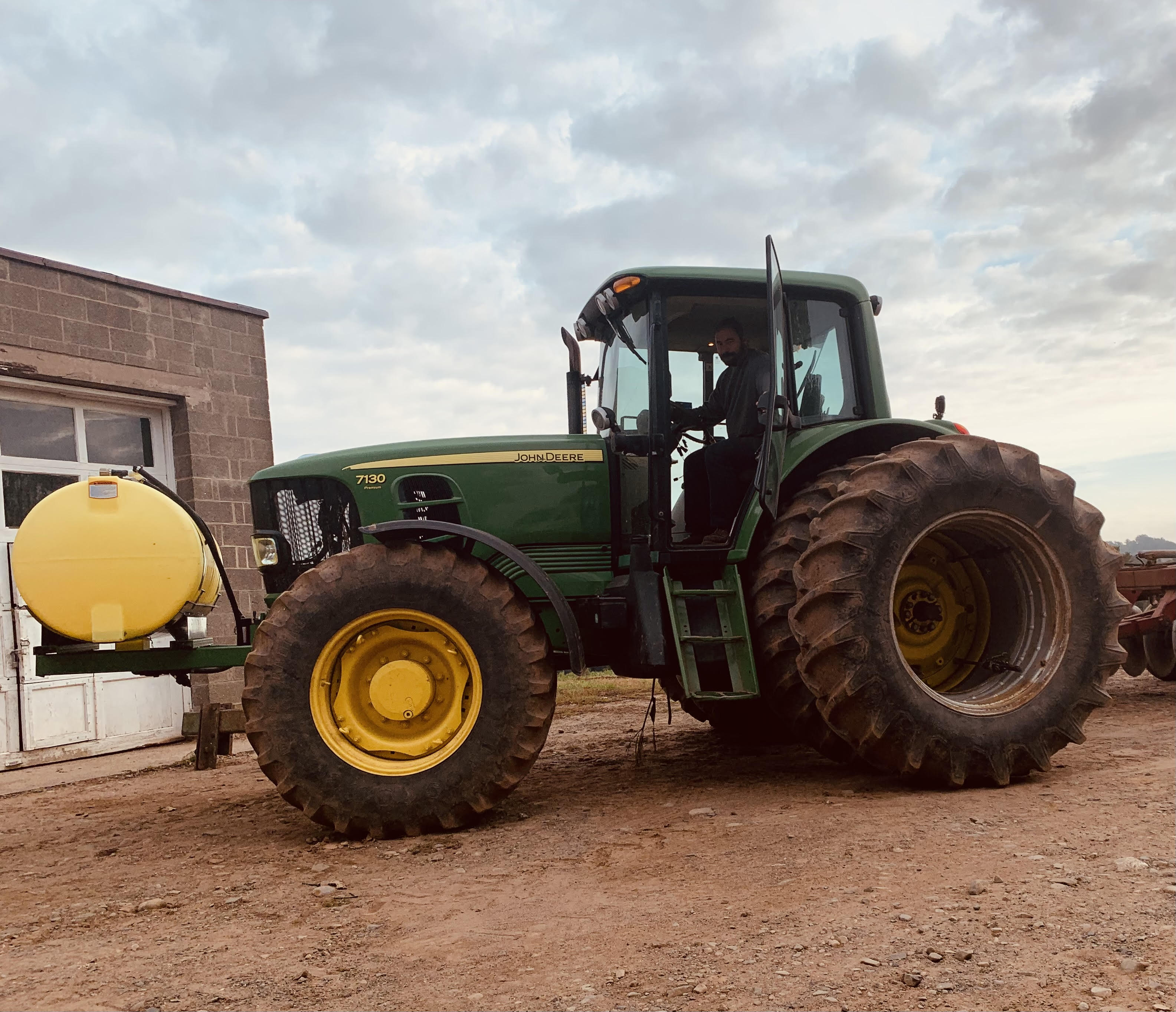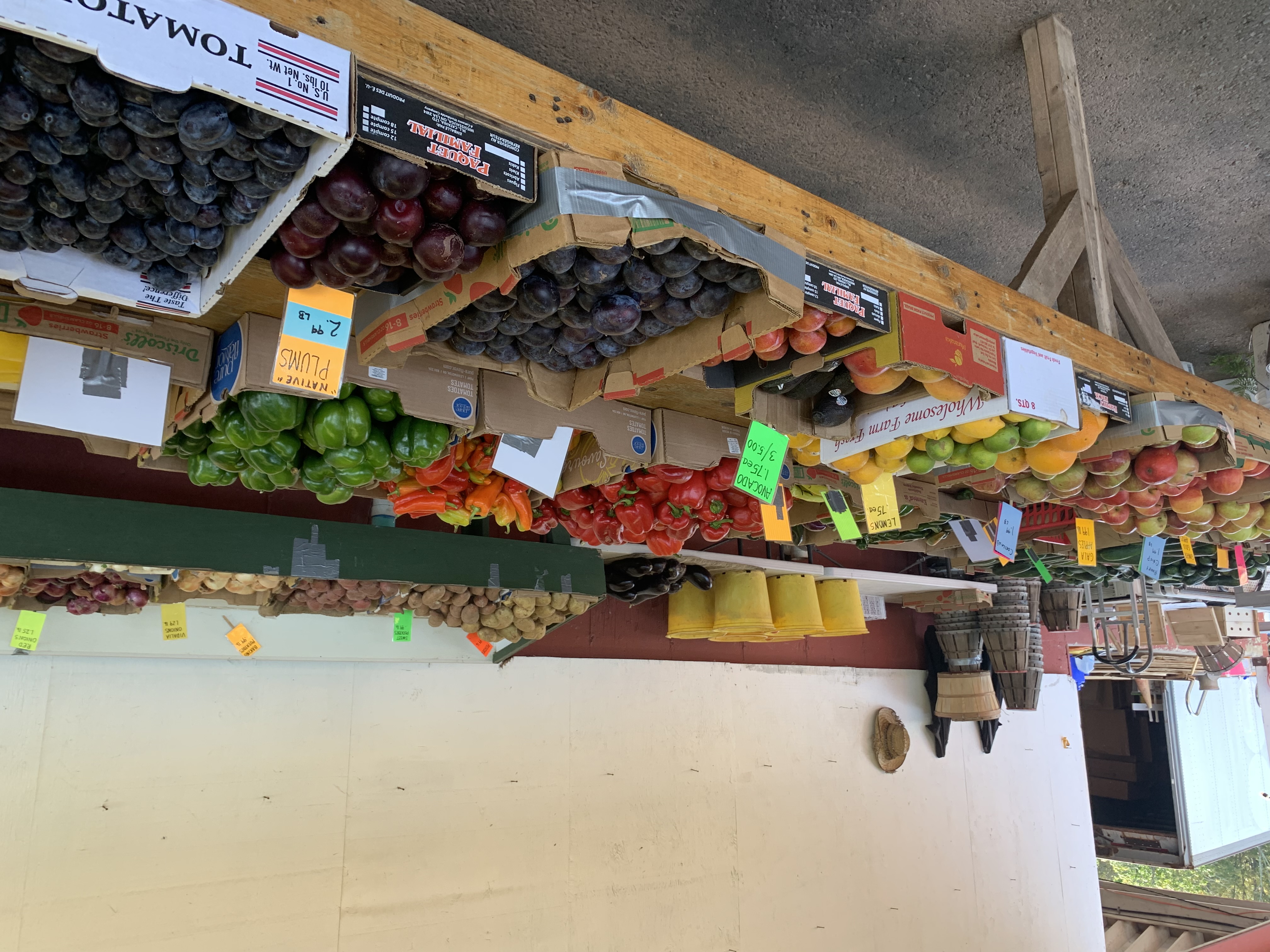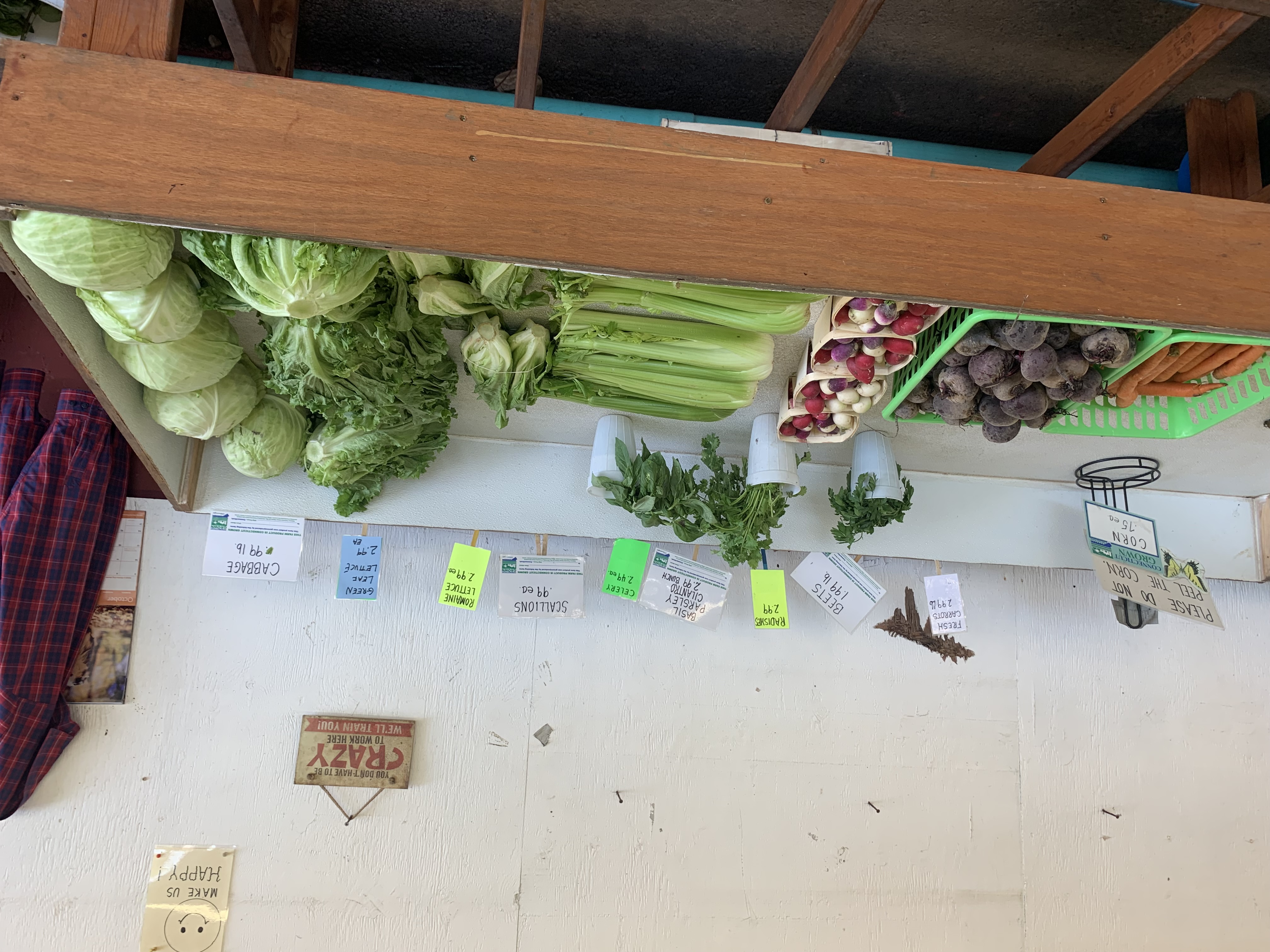Government-assisted programs, communal support, and COVID-19: benefactors to agricultural life in Connecticut can also bring disparities.
Connecticut’s agricultural roots date back to the crop gardens planted by indigenous peoples. 21st century small farmers produced dairy, eggs, tobacco, fruits, and vegetables that contributed to the state’s economy. Lockwood Farm is named after William Raymond Lockwood, a Norwalk resident who willed his 56 acres of land to The Connecticut Agricultural Experiment Station. Although Lockwood’s goal was to supply research, much more came from his donated land: the start of economic balance for Connecticut’s agricultural weight.
Smaller farms such as Christoforo Farm inc. – located in North Haven – serve as platforms for communities to come together on the basis of farm-fresh produce, dairy, and experiences. Charlie Christoforo, owner and farmer, elaborated on the state’s principle of preservation, highlighting the tangibles of the COVID-19 pandemic.
“Last year during the heat of the pandemic, the outdoor aspect highly benefited our business,” Christoforo said. “I think we may have been set back a bit [this year] because of people’s shopping patterns. Things they said they wouldn’t do, they did.”
Things they said they wouldn’t do, they did.
Christoforo on the nightmares of instability
Christoforo knows there are technological, social, and shopping patterns that have been heavily impacted by the pandemic. Due to many store closures, growth stunts, and shortages, families are adapting in ways that localized “old schooled” farmers are not used to: the option to have groceries delivered to your doorstep.
“Once they start doing that, it keeps them from going to the independent source,” said Christoforo.
The clientele of localized seemingly couldn’t be beaten. Community members understand the benefit of buying locally sourced and grown produce, both supporting their neighbors’ livelihood, as well as resting assured their families are being energized by reliable sources.
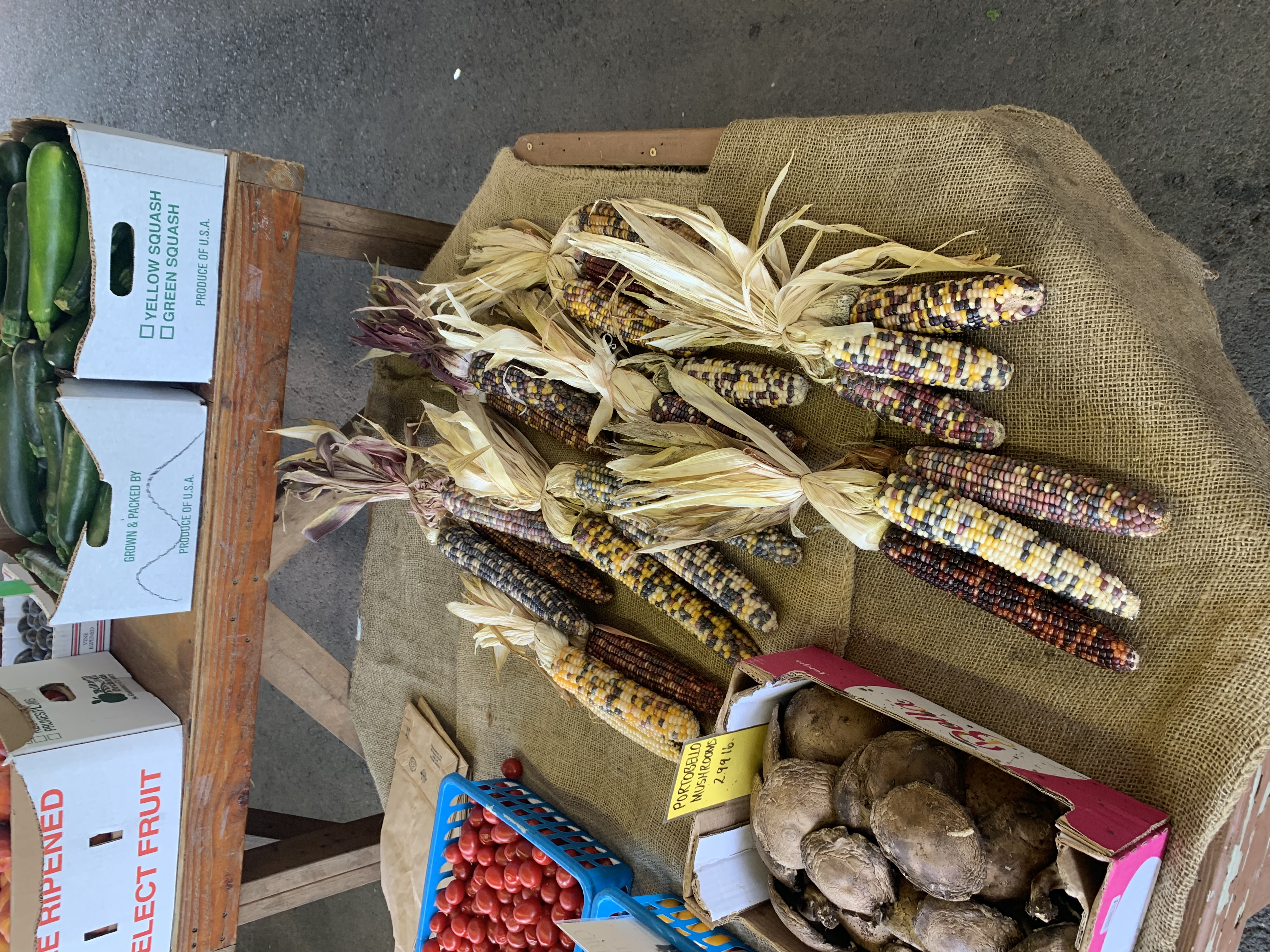
Getting locally-sourced produce can be tricky, however.
“More or less, we’re able to supply all our own products,” Christoforo said. “Garlic is out of California, that’s just something you can’t negotiate, but nevertheless it’s all American.”
Perhaps one of the largest obstacles in locally-sourced produce is behind the scenes. Hopeful employees for the industry are sparsing, proving the intangibles COVID-19 has proven.
“People won’t even talk to you for less than 20 dollars an hour,” Christoforo said. “I can’t even get help on the farm. Employment has been horrible. I can write a book.”
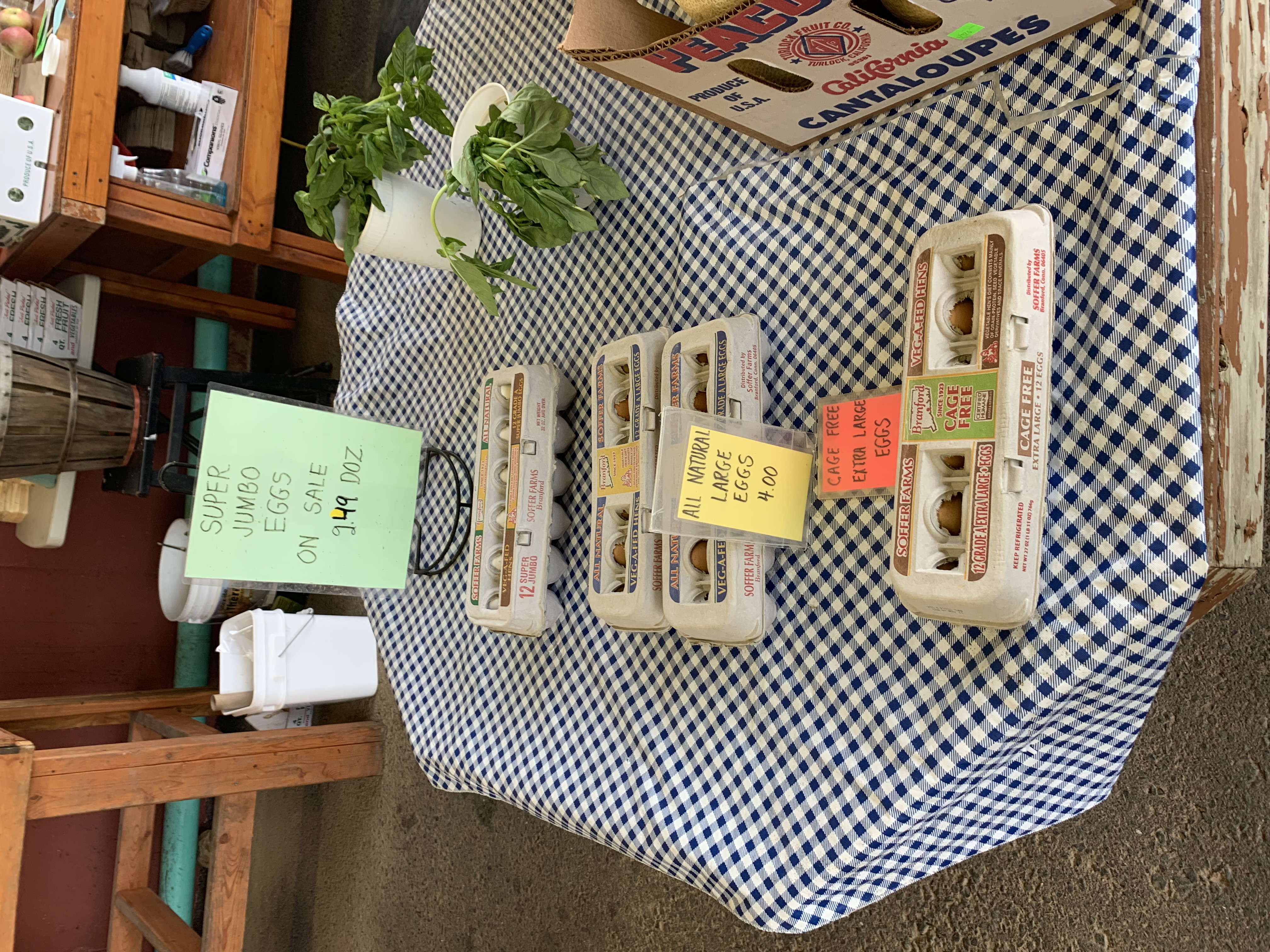
According to ZipRecruiter, a popular job searching site supplying millions of listings across the country, the average annual pay for a farmer in Connecticut is $25,726 per year. That works out to be approximately $12.37 per hour, the equivalent of $495 per week or $2,144 per month, according to the November 23, 2021 research.
Christoforo could “write a book” on the disparities of farming due to the COVID-19 pandemic, however, the benefits of locally sourced produce come hand-in-hand with the farmer’s satisfaction to serve his community.
While salaries for farmers can range up to $7,549 from the yearly average, there is a wide opportunity for advancement and increase pay based on skill level, location, and years of experience. COVID-19 shone economic disparities at an all-time high in Connecticut, perhaps representing the fluctuating needs of hopeful employees and their standards for pay to meet personal financial needs.
Previously maintaining an 80-acre plot of land, Christoforo knows what it takes to run a business, both economically and socially.
Similar community needs stem from Cecarelli Farm’s management in Northford. William Dellacamera is the man behind the magic, dedicating seven days a week to his passion: curating and producing products that will make an impact on the community.
Dellacamera dominates the scene of “pick your own” strawberries, each spring season. Each year, Dellacamera invites the community to his farm and thrives under the satisfaction of family-fun, community gatherings.
“Everything was starting to lockdown due to the pandemic,” Dellacamera said. “This stunted our hopeful strawberry season, but led me to discover something new.”
Farmers to Families food box program was Dellacamera’s safe haven for that communal satisfaction, as well as serving a stable economic buffer period. While supplying boxes of locally-sourced, fresh produce, Dellacamera was able to support the community, and build connections while doing so.

“I filled out the paperwork in late April to support the COVID-19 Food Assistance Program, and from there I found a new way to dedicate my time to my community,” Dellacamera said.
Through the USDA program under the Families First Coronavirus Response Act, local farmers were given the opportunity to purchase and distribute agricultural products to those in need.
“Through this program, USDA’s Agricultural Marketing Service is partnering with national, regional and local distributors, whose workforces have been significantly impacted by the closure of restaurants, hotels and other foodservice businesses, to purchase up to $6 billion in fresh produce, dairy and meat products from American producers of all sizes,” USDA official website states.
The government-funded program is simple, yet complicated: Distributors such as Dellacamera package these products into family-sized boxes, then transport them to food banks, community and faith-based organizations, and other non-profits serving the people.
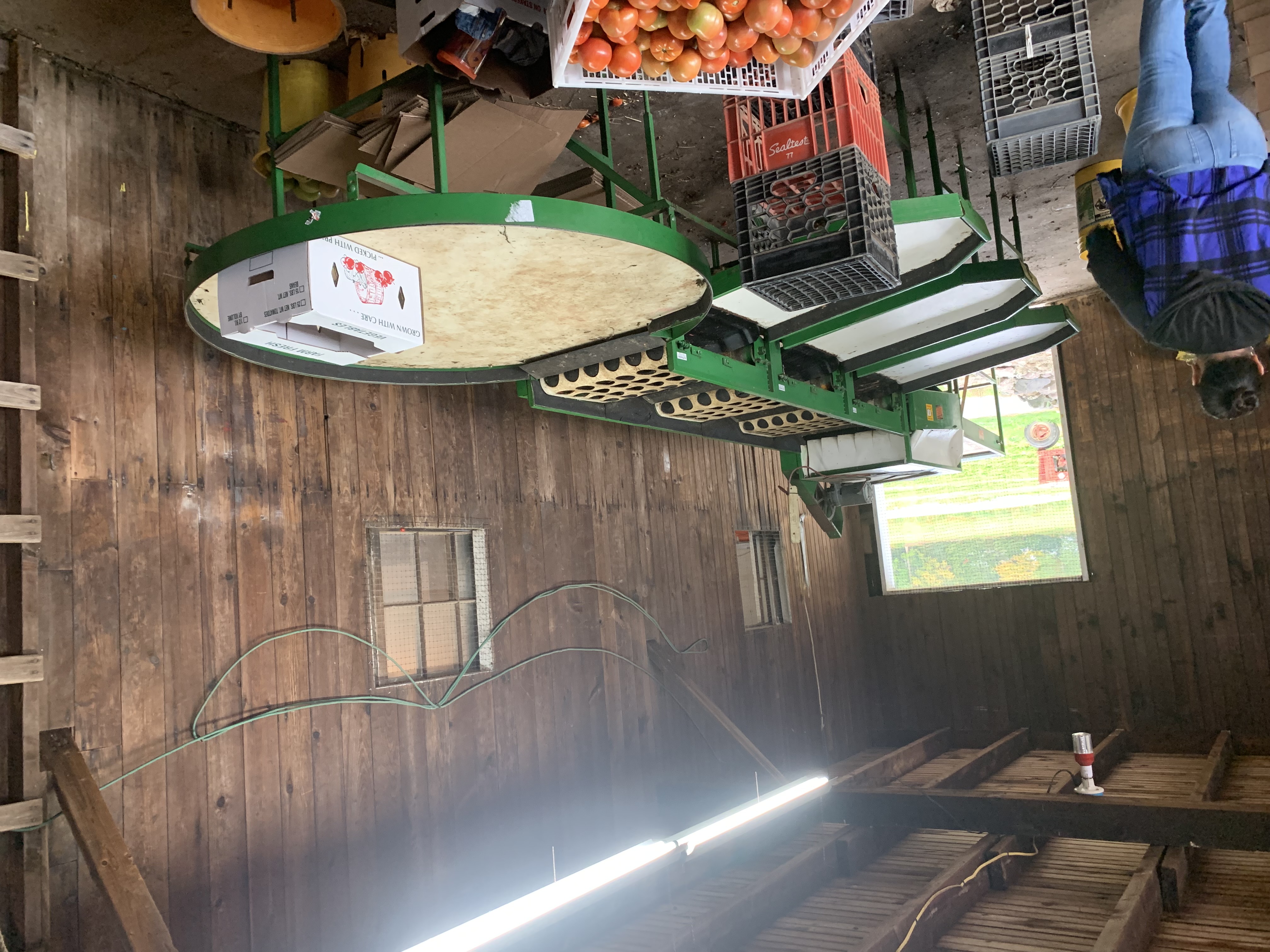
“I built many connections with local non-profits through [Farmers to Families Food Box Program],” Dellacamera said. “It really opened my eyes to how many people actually care about giving back to each other. It was almost like a sense of hope for the love-thy-neighbor morality.”
It was almost like a sense of hope for the love-thy-neighbor morality.
William Dellacamera on the need for communal support
Dellacamera elaborated on the need for local farmers to have the resources to pivot their supply and demand needs, citing the USDA efforts and personal experiences with said programs.
“They’ve done away with that program at the beginning of this year, but installed a few new ones in place,” Dellacamera said. “For farmers like me, that program helped a lot. Hopefully, those programs help a lot.”
As previously mentioned, the agricultural minimum wage is highly susceptible to fluctuation, serving as a significant roadblock to farmers like Dellacamera and Christoforo. With the need for communal support comes an unspoken obligation to these farmers who are passionate about helping their communities, but also must fixate on the reality behind making a living for themselves.
“Our access to inputs is higher because of various reasons,” Dellacamera said. “We can only run trucks at 80,000 pounds in Connecticut. Any more and they’re turned away at the border.”
Every other state is allotted a 100,000-pound weight limit, which poses a threat to the agricultural well-being of Connecticut farmers.
“You can only move so much with [80,000 pounds],” Dellacamera said. “That 20,000 does a lot in the long run.”
The government’s vague instructions for transportation allowances to programs such as Farmers to Families Food Boxes is a driving point for farmers like Dellacamera to worry about the coming years of production.
“I don’t think these places know how many potatoes and onions they’re supplying through such a large streamline of business,” Dellacamera said. “I know what I’m putting in my boxes. I get produce from the orchards so I know what I’m putting up.”
Today’s boxes will include an array of mystery items, whereas locally-sourcing farmers know what they’re supplying. They know what they want to give to their community, and that’s what they do.

“Some [facilitators] don’t go past Halloween, Thanksgiving, Christmas,” Dellacamera said.
I guess it depends on what they have to do. What quotas do they have to meet? Not us.
William Dellacamera on varying expectations
Dellacamera also dedicates time and effort to ensuring his workers will have employment through the year.
“These workers will travel the east coast all year long, starting in Florida for their peak seasons of growing and picking,” Dellacamera said. “I keep my staff as long as I can to ensure they have work, they have a place to raise and support their families.”
The USDA contributes to the supportive efforts of migrant workers, supplying grants and additional information on up-to-date social issues such as COVID-19.
“They have a place to raise and support their families,” Dellacamera said.
Dellacameras’s effort also stems from his desire to keep his farm clean and ready to go like clockwork.
“I spend some money keeping some employed through the winter,” Dellacamera said. “In turn, I keep my fields clean. Some of these farms haven’t done their part in 50 years to maintain the land.”
Farmers can only stand to reap benefits if they put the effort in. Dellacamera will get up to 18 employees during the summer, thus deeming the business very seasonal. Seasonal businesses face the big risk of downfall, seemingly instantaneously.

“During the wintertime, payroll is slow,” Dellacamera said. “During the summertime, payroll gets to tens of thousands of dollars, which is a massive jump. Almost like whiplash.”
There is harsh punishment for unhealthy foods circulating in American school systems. Connecticut Governor Ned Lamont recently released a news brief urging farm market support in lieu of August’s National Farmers Market Week.
Dellacamera contributes to supplying local schools with farm-fresh meal supplements for sponsored “Fresh food week” programs that encourage local, fresh food scene. Social media plays an influential role in promoting and following these efforts.
“How can you fathom that in the richest country in the world, the most expensive thing to give anybody is good food and a good education?” Dellacamera said. “These are the luxuries that worthy people cannot afford.”
Uneducated and unhealthy people are two significant driving points of the American school system. The lack of address to these issues are the concepts Dellacamera, and other local farmers, fixate on and work towards bettering.
“When you’re passionate about something, that should never stop you,” Dellacamera said. “When it’s the truth, that definitely should never stop you.”

